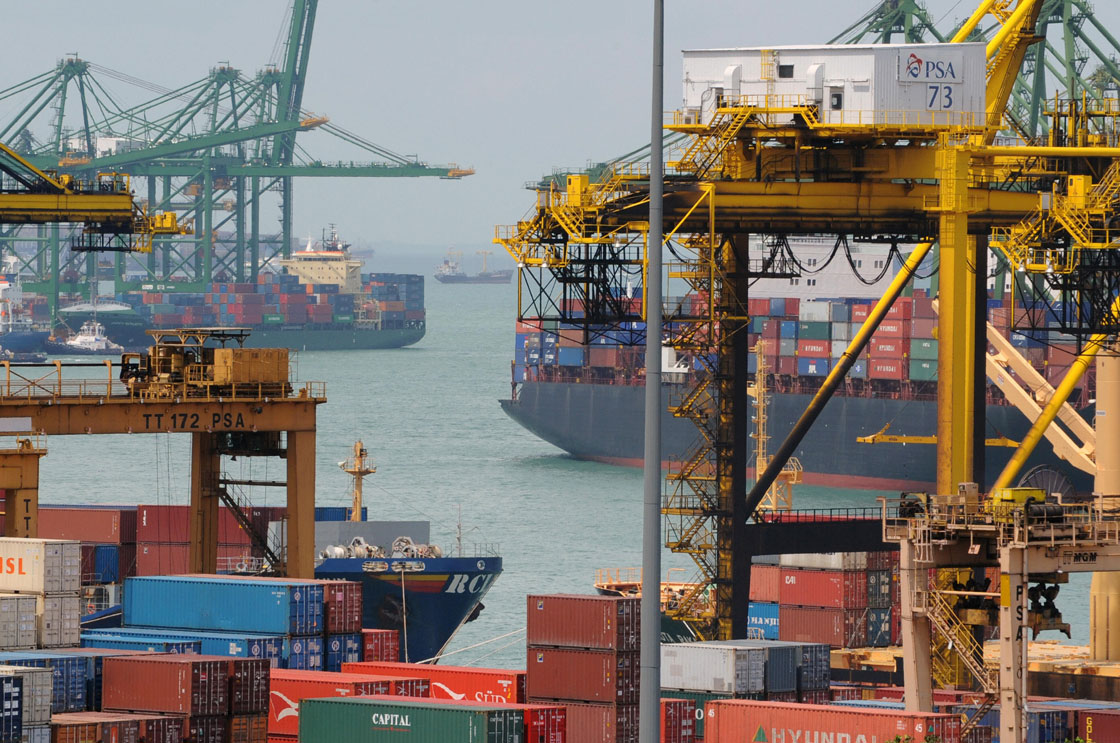OTTAWA – Canada’s trade deficit edged higher in November as imports inched higher and exports stalled, raising questions about just how well the economy finished the year.

Statistics Canada reported Tuesday that the country’s overall trade deficit with the world grew to $940 million in November as imports rose to $40.7 billion, while exports were unchanged at $39.8 billion.
The deficit came as the results for October were also revised to show a deficit of $908 million compared with an initial report of a surplus of $75 million for the month.
“The revision was driven by sharp weakness in oil prices, which I guess they didn’t notice in the prior month, and persisted into November,” BMO Capital Markets senior economist Benjamin Reitzes said.
The loonie was down 0.78 of a cent to 93.1 cents U.S. late in the morning after earlier going low as 92.91 cents U.S. following the results and strong trade data out of the U.S.
Canada’s trade surplus with its largest market, the United States, shrank to $2.8 billion in November from $3.1 billion in October.
The overall U.S. trade deficit fell to US$34.3 billion in November, its lowest level in four years as gains in energy production and stronger sales of airplanes, autos and machinery lifted exports to an all-time high.
American exports rose 0.9 per cent to a record $194.9 billion, while imports to the United States dropped 1.4 per cent to $229.1 billion.
Canada’s imports from the United States grew 2.0 per cent to $27.2 billion and exports to the U.S. rose 0.6 per cent to $30 billion, Statistics Canada reported.
Imports from countries other than the United States fell 3.6 per cent to $13.5 billion, while Canadian exports declined 2.0 per cent to $9.8 billion, with exports to the European Union down 6.4 per cent.
The Canadian trade deficit with countries other than the United States was reduced to $3.7 billion in November from $4 billion in October.
TD Bank economist Leslie Preston said Canadian exports appear to have stalled.
“We now expect trade to be a drag on growth in the fourth quarter, which puts downside risk to our GDP forecast of 2.3 per cent, and reaffirms the Bank of Canada’s dovish bias,” Preston wrote.
Preston noted the result was inconsistent with the renewed momentum in the U.S. economy.
“We expect these to have positive knock-on effects to demand for Canada’s exports as 2014 progresses,” Preston said.
Overall, Canadian imports of industrial machinery, equipment and parts rose 8.5 per cent to $3.9 billion in November, while imports of motor vehicles and parts increased 3.4 per cent to $7.4 billion.
Statistics Canada said imports of aircraft and other transportation equipment and parts grew 17.3 per cent to $1.5 billion.
While overall exports were roughly flat for the month, exports of basic and industrial chemical, plastic and rubber products fell 7.0 per cent to $2.8 billion in November, on lower volumes.
Exports of energy products also declined 1.6 per cent to $9.3 billion.
However, exports of motor vehicles and parts rose 9.6 per cent to $6.0 billion.

Comments